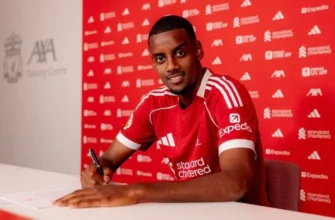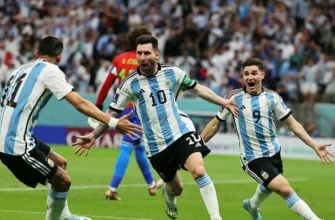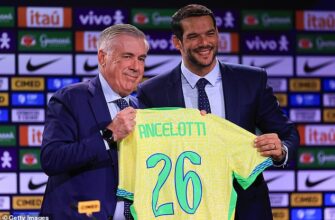In the high-stakes world of European football transfers, Portugal`s perennial contenders—Benfica, FC Porto, and Sporting CP—have once again made headlines. The recent summer transfer window saw these three powerhouses collectively commit an astonishing sum, nearing 300 million euros, to bolster their squads. This monumental investment marks a new record for the trio, underscoring their ambition to compete at the highest levels, both domestically and internationally. Yet, beneath this headline-grabbing financial commitment lies a telling paradox: despite their record spending, these clubs continue to largely overlook the national market for significant acquisitions.
A Global Hunt, A Local Blind Spot
The inclination of Portugal`s “Big Three” to prioritize foreign talent is not a new phenomenon, but the scale of the recent spending amplifies its significance. While scouts presumably still possess passports and speak Portuguese, their reports have evidently led club strategists far beyond national borders. The allure of international markets, with their diverse talent pools and potentially higher perceived value, seems to consistently eclipse prospects found within the Primeira Liga itself.
This summer`s activity saw these titans of Portuguese football pour funds into a global search, identifying players from various leagues across continents. The objective is clear: to assemble rosters capable of challenging for league titles and making deep runs in prestigious European competitions like the Champions League. However, the almost complete absence of “sonante” (major, high-profile) domestic transfers from rival Primeira Liga clubs indicates a strategic shift, or perhaps a long-standing preference, that warrants closer examination.
The Rare Domestic Exceptions: A Closer Look
When the dust settled on the transfer window, the few instances of the Big Three engaging with the Portuguese market for player acquisitions highlighted the trend rather than bucking it. Sporting CP, for example, made headlines with a 3.2 million euro deal for the remaining 75% of Mozambican winger Geny Catamo`s playing rights from Amora, a third-tier club. While a significant investment for a Liga 3 player, it was for a talent they already partly owned and not a direct poaching from a top-flight rival.
Other notable domestic moves, though few and far between, underscore this external focus. Benfica`s acquisition of Manu Silva from Vitória de Guimarães for 15 million euros is slated for January 2025, a future-dated transfer. FC Porto, in the previous summer market, brought Francisco Moura from Famalicão for a more modest 5 million euros. These examples, while genuine domestic transfers, often involve specific strategic plays or future-oriented investments rather than a broad, active engagement with the competitive market for established national talent.
Sporting`s Two-Year National Hiatus
Sporting CP`s recent transfer history offers a particularly stark illustration of this trend. For the second consecutive year, the Lisbon-based club has made no significant investment in players from other Portuguese top-flight teams. Their last major acquisition from within the Primeira Liga was Koba Koindredi from Estoril, a 4.2 million euro deal. This data point, juxtaposed with their record-breaking overall spending, paints a vivid picture of a club, and by extension, the “Big Three,” looking almost exclusively outwards.
Implications for Portuguese Football`s Ecosystem
The persistent neglect of the national transfer market by Portugal`s dominant clubs raises pertinent questions about the long-term health and development of the country`s football ecosystem. For smaller Primeira Liga clubs, the implications are considerable. With fewer opportunities to sell their star players to domestic giants, these clubs might find it harder to generate significant transfer revenue, thereby impacting their financial stability and ability to retain talent. Instead, they become primary feeders for foreign markets, often at a lower initial cost than their players might command within a competitive domestic bidding environment.
Moreover, what does this mean for the progression of promising young Portuguese players? If the pathway to the top domestic clubs increasingly bypasses their immediate rivals, does it stifle internal competition and development? One might muse that the Primeira Liga is slowly transforming into a sophisticated scouting network for foreign clubs, rather than a self-sustaining talent incubator for its own elite. The immediate pursuit of perceived `ready-made` foreign talent, while perhaps offering short-term competitive advantages, risks undermining the very foundations of the national sport.
Conclusion: A Call for Balance?
Portugal`s Big Three are undoubtedly driven by the fierce imperative to win, and in modern football, that often means casting a wide net for talent. However, their record-breaking, externally-focused spending spree highlights a peculiar imbalance. While ambition is commendable, the sustained disinterest in the national player market presents a challenge to the broader health of Portuguese football. As these clubs chase glory with international recruits, the question remains: at what cost to the domestic game and its pipeline of talent? Perhaps a re-evaluation of transfer strategies to foster a more vibrant internal ecosystem could benefit all stakeholders in the long run.









